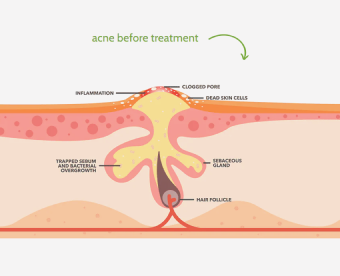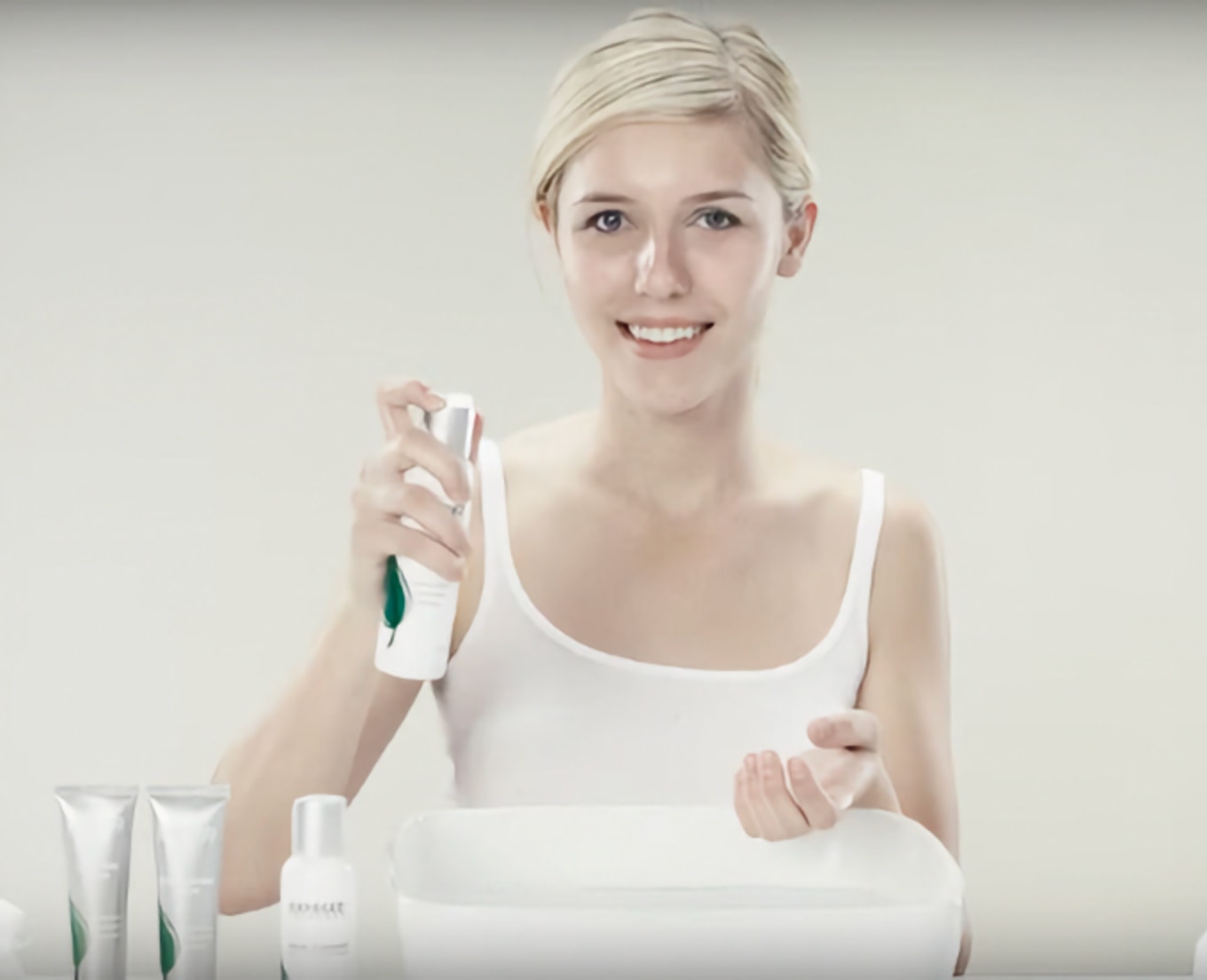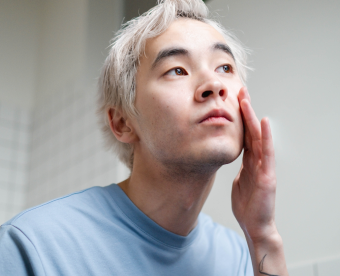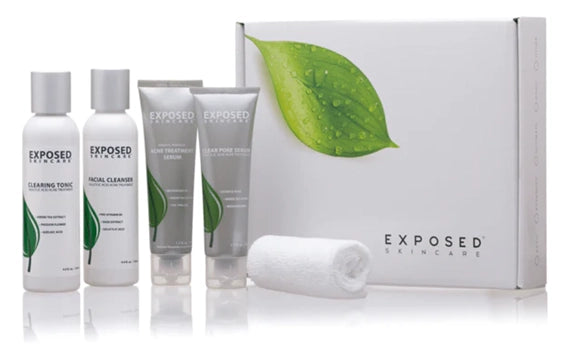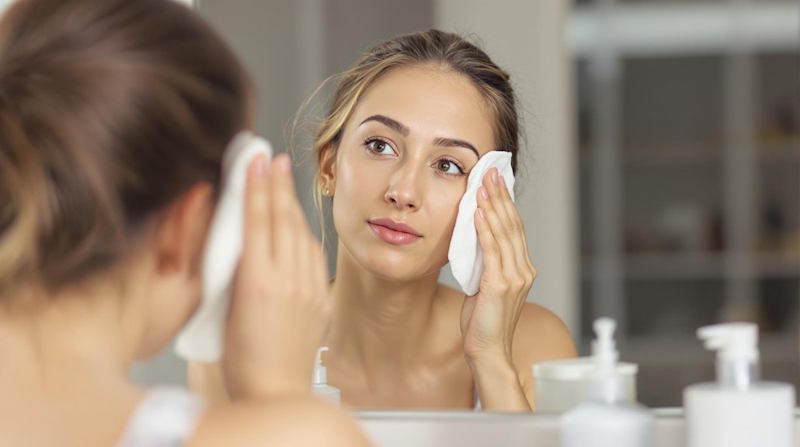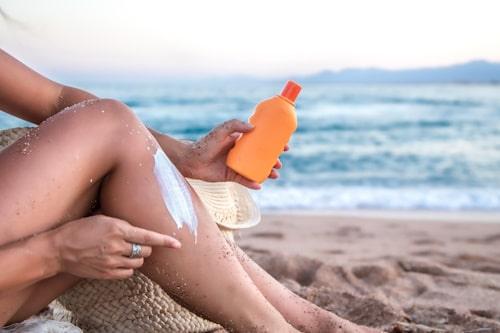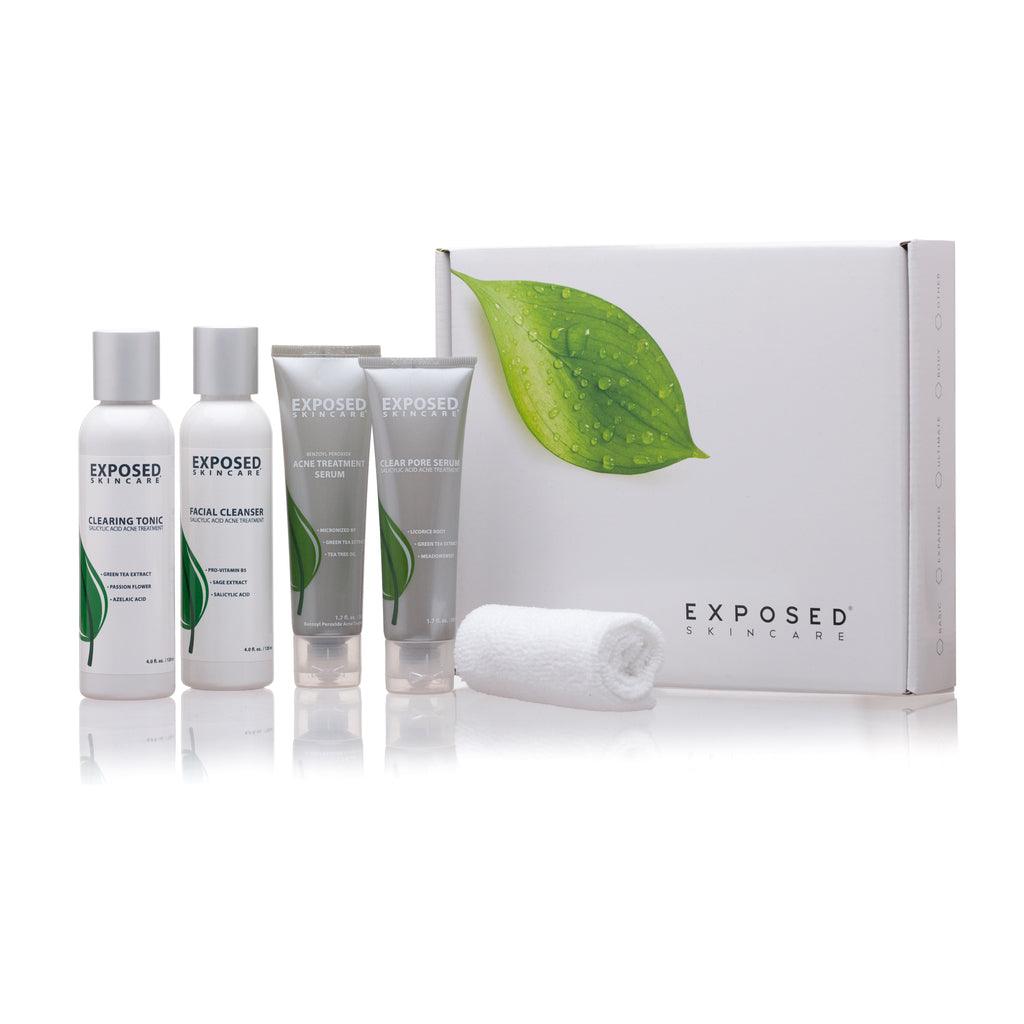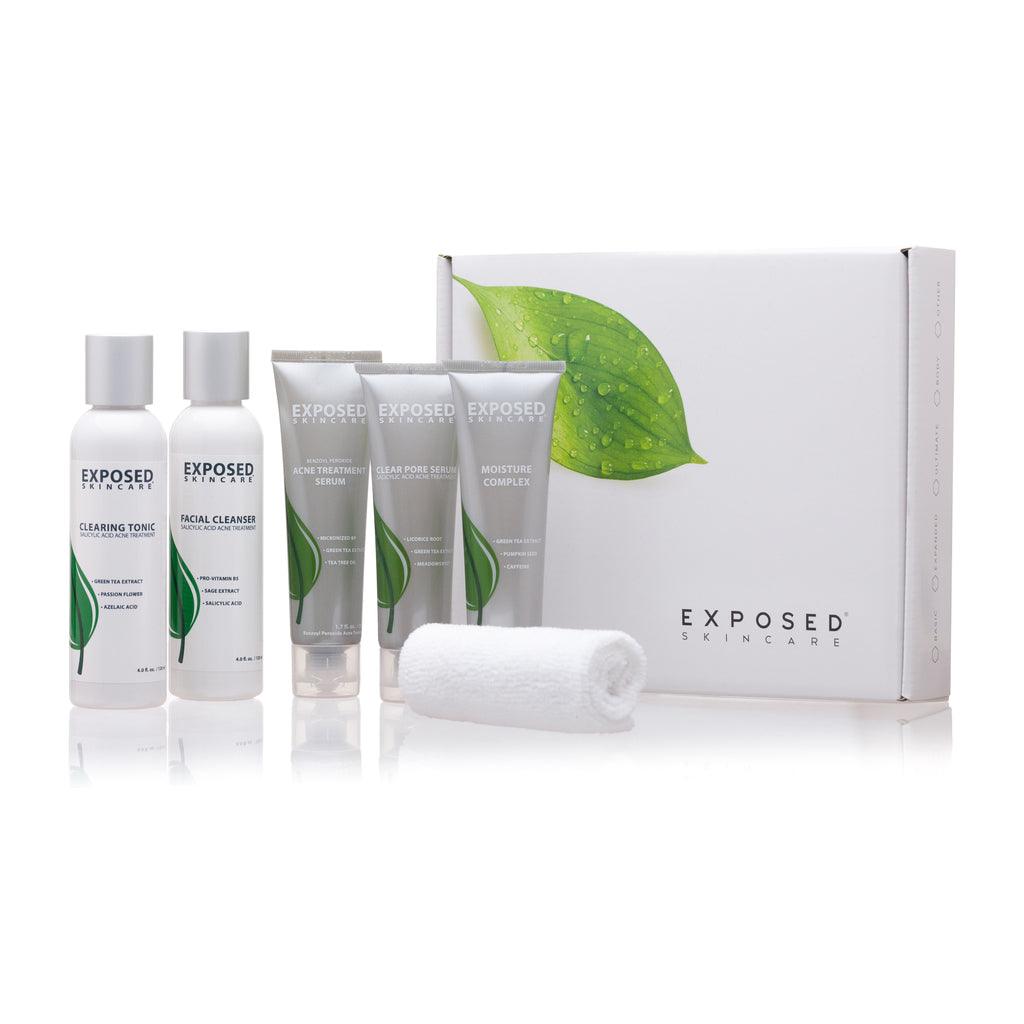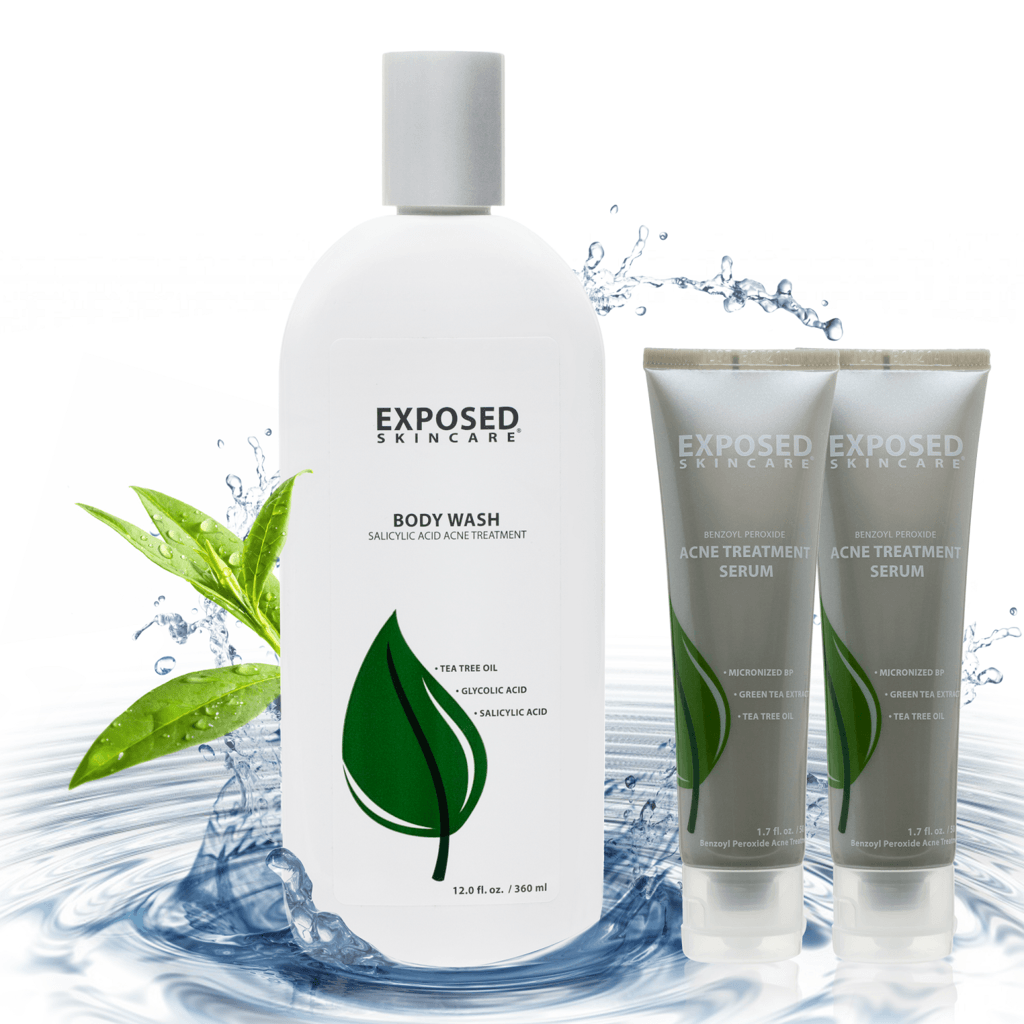Leave hydrocolloid patches on for 4-12 hours, with overnight application hitting the sweet spot. You'll know they're working when they turn from clear to white as they suck up all that pimple gunk. Clean skin before sticking them on, and don't peel them off too early—patience pays off. While these little miracle workers flatten visible zits, they're just one piece of the acne-fighting puzzle you'll need to solve.
Biggest Takeaways
- Most hydrocolloid patches should be left on acne for 4-8 hours for optimal fluid absorption.
- Apply overnight for 8-12 hours to maximize treatment benefits during sleep.
- Remove patches when they turn white or opaque, indicating they've absorbed enough fluid.
- More severe acne lesions and cysts may require up to 24 hours of patch wear time.
- Replace saturated patches with fresh ones if the acne hasn't completely flattened after initial wear.
What Are Hydrocolloid Patches and How Do They Work?

Tiny stickers with mighty powers—that's hydrocolloid patches in essence. When you place these gel-like patches on acne, they create a protective microenvironment that's basically a pimple's worst nightmare.
Think of them as tiny vacuum cleaners for your zits. They work by sucking out all the gross stuff—pus, oil, and dead skin cells—while keeping dirt and your fidgety fingers away from the breakout.
Imagine miniature dirt devils for your face, extracting gunk while creating a protective barrier against contamination.
The magic happens as the patch absorbs fluid, gradually turning from transparent to white (that's the satisfying "it's working" signal you're looking for).
Placing hydrocolloid on acne creates a moist healing zone that can flatten angry pimples and reduce redness in just hours—no wonder these little stickers have developed something of a cult following.
The Science-Backed Timeline for Using Hydrocolloid Patches
While TikTok's army of skincare enthusiasts might claim you should wear hydrocolloid patches until the end of time (or at least until your next social media scroll), science actually gives us a much clearer timeline.
For most breakouts, you'll want to keep that patch on for 4-8 hours.
Got plans? Slap one on before bed and let it work its magic for 8-12 hours while you dream about clear skin.
Your patch telling you it's done? Look for that satisfying white/opaque color change that shows it's soaked up all that gunk.
Dealing with those deep, angry cysts? You can extend wear time up to 24 hours, but watch for irritation.
And yes, you can absolutely tag-team with fresh patches for stubborn spots—just peel, replace, and carry on.
Signs It's Time to Remove Your Hydrocolloid Patch

Know those satisfying moments when you peel off a hydrocolloid patch to reveal collected gunk? That visual transformation is actually your best indicator of when it's time for removal.
Your patch will tell you when it's done its job—look for it turning white or opaque as it absorbs fluids from your breakout. That milky cloudiness means mission accomplished!
If you notice the patch getting swollen or saturated, that's another clear sign it's ready for replacement.
Most patches work their magic in 4-12 hours, but always follow your specific brand's guidelines. When removing, gently peel from the edges to avoid irritating your skin.
And if you ever feel uncomfortable or notice any irritation while wearing one? Trust your gut and take it off immediately—your skin's feedback trumps any timeline.
Common Mistakes That Reduce Hydrocolloid Effectiveness
Even the best hydrocolloid patch can't work its magic if you're sabotaging it with simple mistakes.
Are you skipping proper cleansing before application? That's a rookie move—dirt and oils prevent the patch from sticking properly and absorbing all that pimple gunk.
Another patch-killer? Touching the adhesive side. Your fingers are basically bacteria buses, and you're dropping those microbes right onto your vulnerable pimple. Yikes.
Don't be the person who tries to stretch their dollar by reusing patches. They're one-and-done products for a reason—bacteria city otherwise.
Impatient people, listen up: those 6-12 hours are non-negotiable. The patch needs time to work.
And when it turns white or opaque? That's your cue to swap it out, not ignore it.
Why Hydrocolloid Patches Alone Won't Clear Your Acne

Those hydrocolloid patches sitting in your medicine cabinet might be fantastic for draining that monster zit before your job interview, but let's get real—they're just a band-aid solution for your acne troubles.
They only tackle surface-level issues without addressing what's happening deeper down.
Here's the truth: patches can't penetrate far enough to fix hormonal imbalances or truly unclog pores.
Sure, they'll flatten that angry pimple temporarily, but they're not stopping new breakouts from forming—especially cystic acne.
Relying on patches alone is like using a bucket to catch water from a leaking roof without fixing the hole.
For actual results, you need treatments that target all four acne drivers: excess oil, clogged pores, bacteria, and inflammation.
Otherwise, you're just playing whack-a-mole with your breakouts.
Combining Exposed Skin Care With Hydrocolloid for Complete Acne Control
While hydrocolloid patches can work wonders on individual pimples, they're just one piece of the acne-fighting puzzle.
Think of patches as your spot-treatment squad, while Exposed Skin Care tackles the underlying issues that keep breakouts coming back.
The real magic happens when you combine them. Start with Exposed's Facial Cleanser to prep your skin, then apply your Daytime Acne Serum to fight bacteria.
At night, after using the Clearing Tonic, strategically place hydrocolloid patches on angry spots before applying your Nighttime Clear Pore Serum to surrounding areas.
This tag-team approach means patches can pull out gunk from active pimples while Exposed's actives address all four acne drivers simultaneously.
Your skin gets immediate relief plus long-term protection—no more playing whack-a-mole with endless breakouts.
Frequently Asked Questions
How Long to Leave Hydrocolloid Patch on Popped Pimple?
Leave your hydrocolloid patch on your popped pimple for 8-12 hours, ideally overnight. Remove it when it turns white or cloudy—that means it's absorbed the fluid and done its job.
How Long Should You Leave a Hydrocolloid Dressing on for Acne?
You'll get best results leaving hydrocolloid patches on acne for 4-8 hours, ideally overnight. For stubborn breakouts, you can wear them up to 24 hours until they turn white or opaque.
How Long Are You Supposed to Leave Hydrocolloid Bandages On?
You'll get best results leaving hydrocolloid patches on for 6-8 hours, ideally overnight. Replace them when they turn white. For stubborn cysts, you can safely wear them up to 24 hours.
What Happens if Hydrocolloid Patches Are Left on Too Long?
You're risking disaster by leaving patches too long! They'll trap bacteria, irritate your skin, and potentially worsen breakouts. That's why Exposed's balanced approach targets all four acne drivers instead of quick fixes.
Putting It All Together
While hydrocolloid patches can temporarily flatten pimples (best used for 6-12 hours), they're just spot treatments with limitations. Studies show a whopping 85% of acne sufferers experience recurring breakouts when relying solely on these sticky solutions. You're basically playing whack-a-mole with your skin. For actual results, you'll need a thorough approach like Exposed Skin Care that tackles all four acne causes, not just the surface drama.

